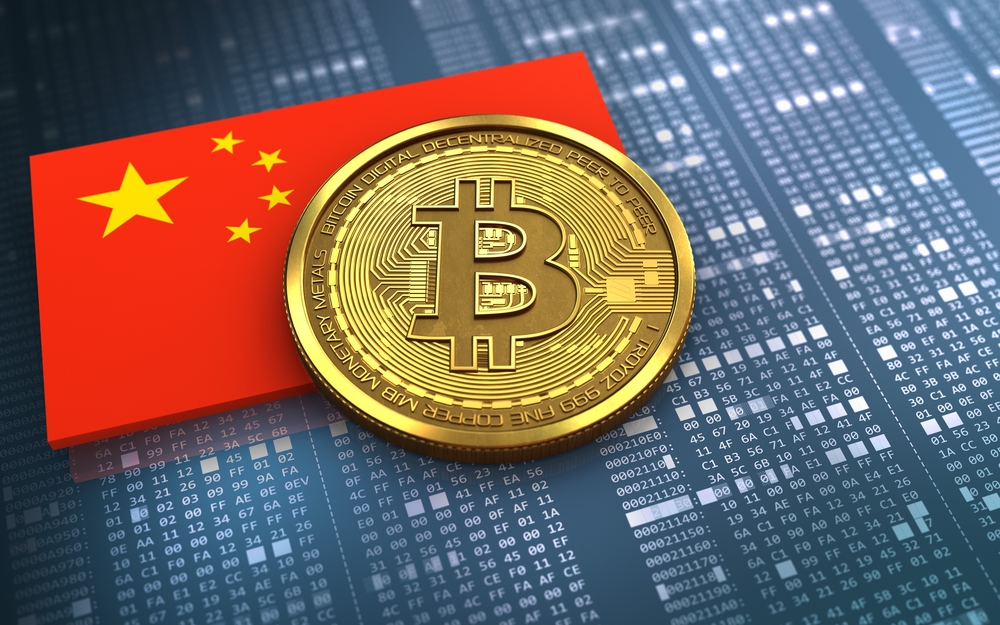A study of Bitcoin trading has found that Chinese traders used the cryptocurrency to export $4.6bn of wealth out of the country, circumventing the country’s strict capital outflow restrictions.
The restrictions, covering amounts above $US50,000 a year, are intended to control the value of the yuan.
A research report by Australian and Chinese academics says almost 8.78 million bitcoins were traded by Chinese nationals between September 2011 and February 2018 in a bid to circumvent capital controls.
The report, Evading Capital Controls via Cryptocurrencies: Evidence from the Blockchain, says the US is the most popular country for Chinese capital flight via cryptocurrency, with $US577.06m sent to crypto exchanges in the country between 2011 and 2018.
The researchers say Chinese traders sent $US2.82m to Australian crypto exchanges during this period.
However, the research, published in December, does not detail the final destination for the funds, only the country in which the exchange is located.
“Over one-quarter of trading volume in Chinese bitcoin exchanges is estimated to be involved in circumventing China’s capital controls,” the researchers report.
“It is likely that capital flight contributes to the congestion on the blockchain that then results in higher fees for all users, not just those engaged in capital flight.”
The researchers include Australian Talis Putnins, who has briefed the Australian Securities & Investments Commission on groups within Australia that pump up the prices of cryptocurrencies and shares, Maggie Hu from the Chinese University of Hong Kong, and Adrian Lee from Deakin University.
Mr Putnins had highlighted to ASIC at least pump and dump schemes involving 23 million participants using social media or encrypted messaging platforms such as Telegram.
Mr Putnins and his colleague, Anirudh Dhawan at the Stockholm School of Economics in Riga, concluded these schemes created “extreme price distortions of 65 per cent on average, abnormal trading volumes in the millions of dollars, and large wealth transfers between participants”.
“These manipulation schemes are likely to persist as long as regulators and exchanges turn a blind eye,” their paper said.
Mr Putnins’ latest research, published in December 2021, finds Chinese traders are willing to incur a loss on trade “in order to take their domestic assets offshore in a way that is more difficult for authorities to trace”.
“Consistent with investors’ motive of seeking a safe haven for their domestic assets in China, we find that the intensity of capital flight out of China via Bitcoin is greater when Chinese economic policy uncertainty becomes higher,” the paper notes.
Chinese capital flight using bitcoin peaked in 2015.
The research details several ways Chinese businesses and citizens circumvent capital controls to export funds from the country.
These include fake invoices for purchases, and using UnionPay cards for overseas purchases.
In November global payments platform Stripe implemented UnionPay access for its UK and European Union customers.
In April 2021 buy now, pay later platform Splitit partnered with UnionPay to allow it to finance purchases through monthly interest-free instalments.
However, Mr Putnins and his colleagues conclude the volumes of Bitcoin traded to circumvent Chinese capital controls declined as the Chinese government moved to shut down exchanges in the country in September 2017.
China restricted financial institutions from engaging in any crypto transactions in May last year, before banning mining in June, and finally outlawing cryptocurrencies in September.
Mr Putnins’ research concludes that people who circumvent Chinese capital controls with bitcoin are “less likely” to use the cryptocurrency for “illegal goods or services”.
“Converting fiat currencies via a cryptocurrency to evade capital controls has similarities with money laundering in that it involves transactions conducted in a manner that deliberately conceal the origin and destination of the funds,” the researchers said.
“To mitigate money laundering in cryptocurrencies, a potential avenue for future research or the development of global surveillance tools is to use the concept of ‘uneconomic trades’ underlying our identification strategy to track suspicious fund flows involved in money laundering.”
Read full story on The Australian



